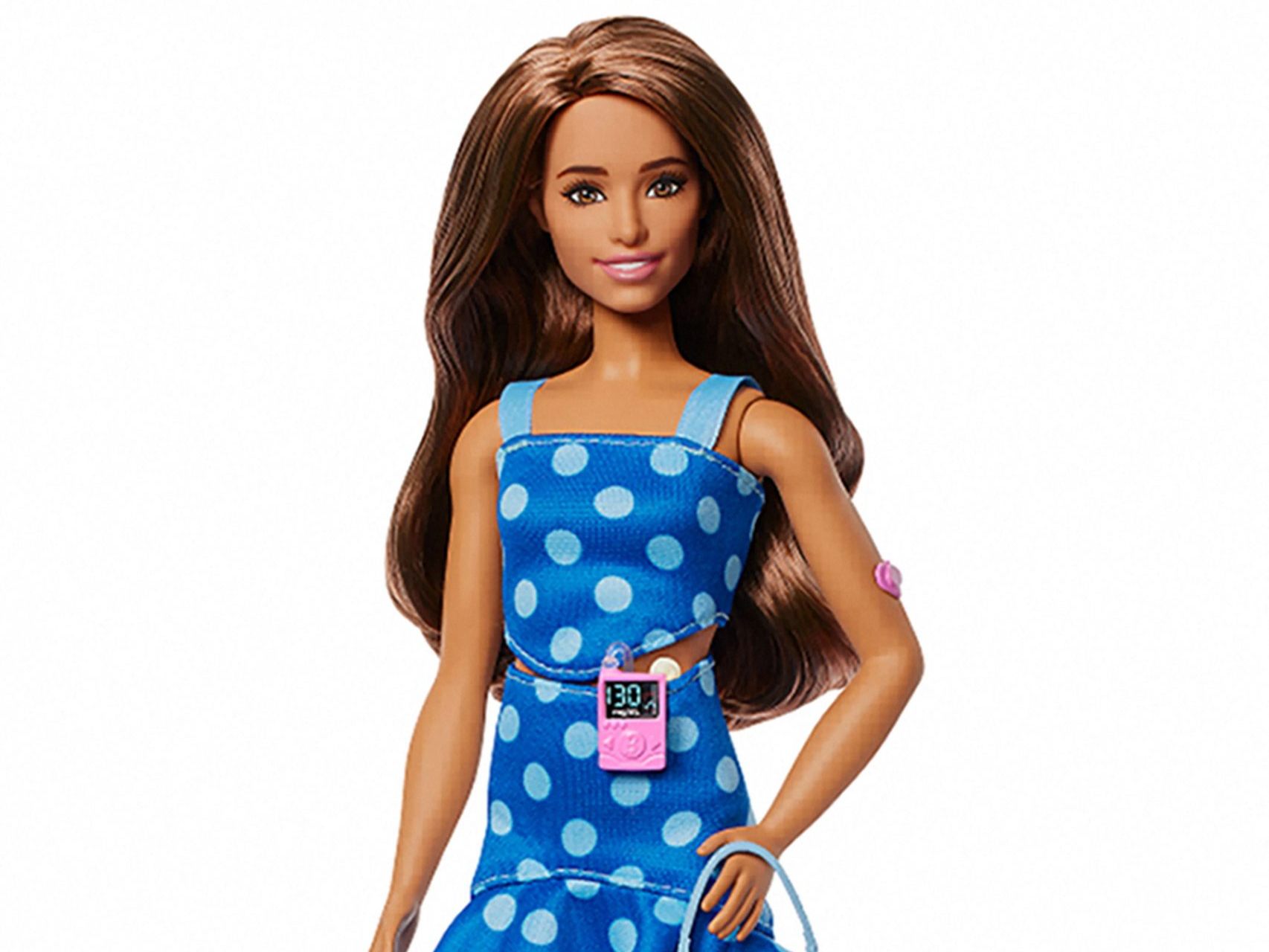Barbie now has diabetes: With insulin pump, glucose sensor, and a strong message for more inclusion

A statement with symbolic power: Barbie now also wears an insulin pump and glucose monitor.
Barbie receives a medical aid for the first time—and not for styling reasons: The latest version of the fashion doll lives with Type 1 Diabetes. The model was developed by Mattel in collaboration with the organization Breakthrough T1D to make children with the autoimmune disease visible and empowered.
A Sign for Inclusion and Visibility
The new Barbie is part of the "Fashionista" series, which already includes dolls with hearing aids, vitiligo, or prosthetics. She wears a blue polka-dotted outfit—a reference to the symbolic color of diabetes awareness—as well as an insulin pump on her belt, a glucose sensor on her upper arm, and a phone with a blood sugar app. Snacks for blood sugar regulation are also part of the equipment.
Background: Type 1 Diabetes Affects Hundreds of Thousands of Children
According to Breakthrough T1D, around 304,000 children and adolescents in the USA live with type 1 diabetes. The disease is caused by an autoimmune reaction that destroys insulin-producing cells in the pancreas. Without external insulin supply – via injection or pump – a normal life is not possible. The diagnosis often occurs in childhood but can also affect adults.
Barbie to Promote Awareness and Empathy
The project involved focus groups and a lot of detailed work. Emily Mazreku, who works at Breakthrough T1D and is affected herself, emphasized the importance of the project: Her three-year-old daughter said the doll looked like her mother – an emotional moment. Integrating health topics into toys is intended not only to help affected children but also to foster empathy in others.
Playful Inclusion in the Children's Room
The first Barbie with a disability appeared in 1997 – however, her wheelchair did not fit through the Barbie house at that time. Much has changed since then. Experts like Dr. Sian Jones from Queen Margaret University see this as an important educational step: Children who play with diverse dolls develop an understanding of different life realities.
The Barbie with type 1 diabetes is now available in stores – and is another step towards diversity on the toy shelf.
This article has been automatically translated, read the original article here.





